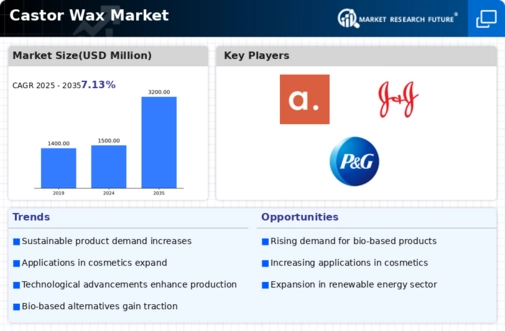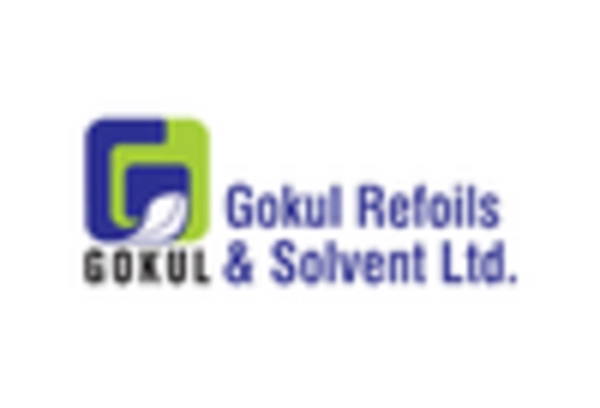Market Share
Castor Wax Market Share Analysis
Product Differentiation: Companies in the castor wax market focus on developing unique product offerings to stand out from competitors. This could involve offering specialized grades of castor wax with specific properties catering to diverse industries such as cosmetics, pharmaceuticals, and automotive.
Target Market Segmentation: Identifying specific target markets allows companies to tailor their marketing efforts and product development to meet the needs of different customer segments. Segmentation could be based on industry verticals, geographic regions, or application areas.
Cost Leadership: Some companies may adopt a cost leadership strategy to gain market share by offering castor wax products at competitive prices. This requires efficient production processes, economies of scale, and effective cost management practices.
Distribution Channel Optimization: Optimizing the distribution channels helps companies reach a wider customer base efficiently. This could involve establishing partnerships with distributors, wholesalers, and retailers, or leveraging e-commerce platforms for direct sales to consumers.
Brand Building and Marketing: Investing in brand building activities and marketing initiatives helps create awareness and preference for the company's castor wax products. This could include advertising campaigns, participation in industry events, and digital marketing efforts to engage with target audiences.
Customer Relationship Management: Building strong relationships with customers fosters loyalty and repeat business. This involves providing excellent customer service, addressing customer feedback and complaints promptly, and offering customized solutions to meet specific requirements.
Innovation and R&D: Continuous innovation and investment in research and development are essential for staying ahead in the competitive castor wax market. This could involve developing new product formulations, improving existing processes, or exploring alternative applications for castor wax.
Strategic Partnerships and Alliances: Forming strategic partnerships and alliances with other companies or industry players can provide access to new markets, technologies, or distribution channels. Collaborations could range from joint ventures and licensing agreements to co-marketing initiatives.
Global Expansion: Expanding into new geographic regions allows companies to tap into untapped markets and diversify their customer base. This could involve setting up manufacturing facilities, establishing sales offices, or partnering with local distributors in key regions worldwide.
Sustainability and Corporate Social Responsibility (CSR): Embracing sustainable practices and demonstrating commitment to CSR initiatives can enhance brand reputation and attract environmentally conscious customers. This could include using eco-friendly production processes, sourcing raw materials ethically, and supporting community development projects.

















Leave a Comment